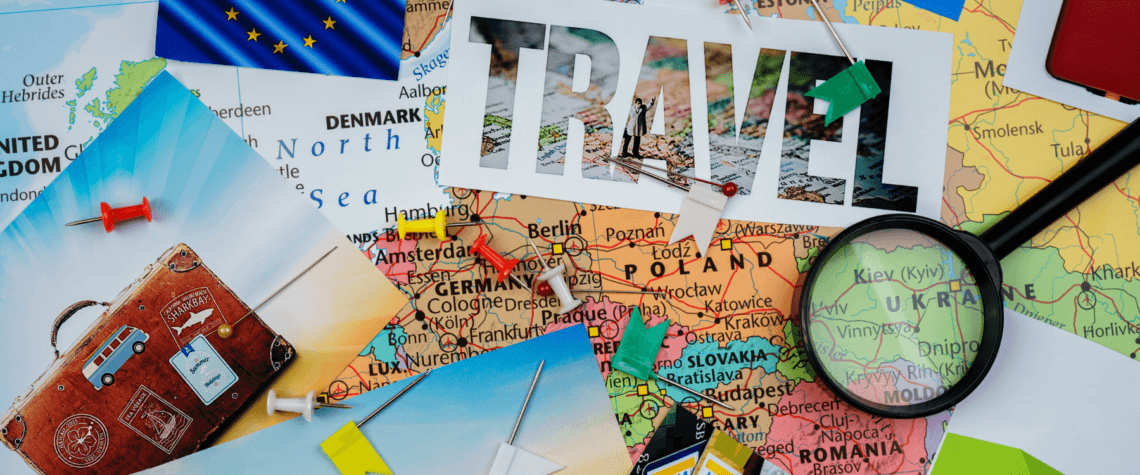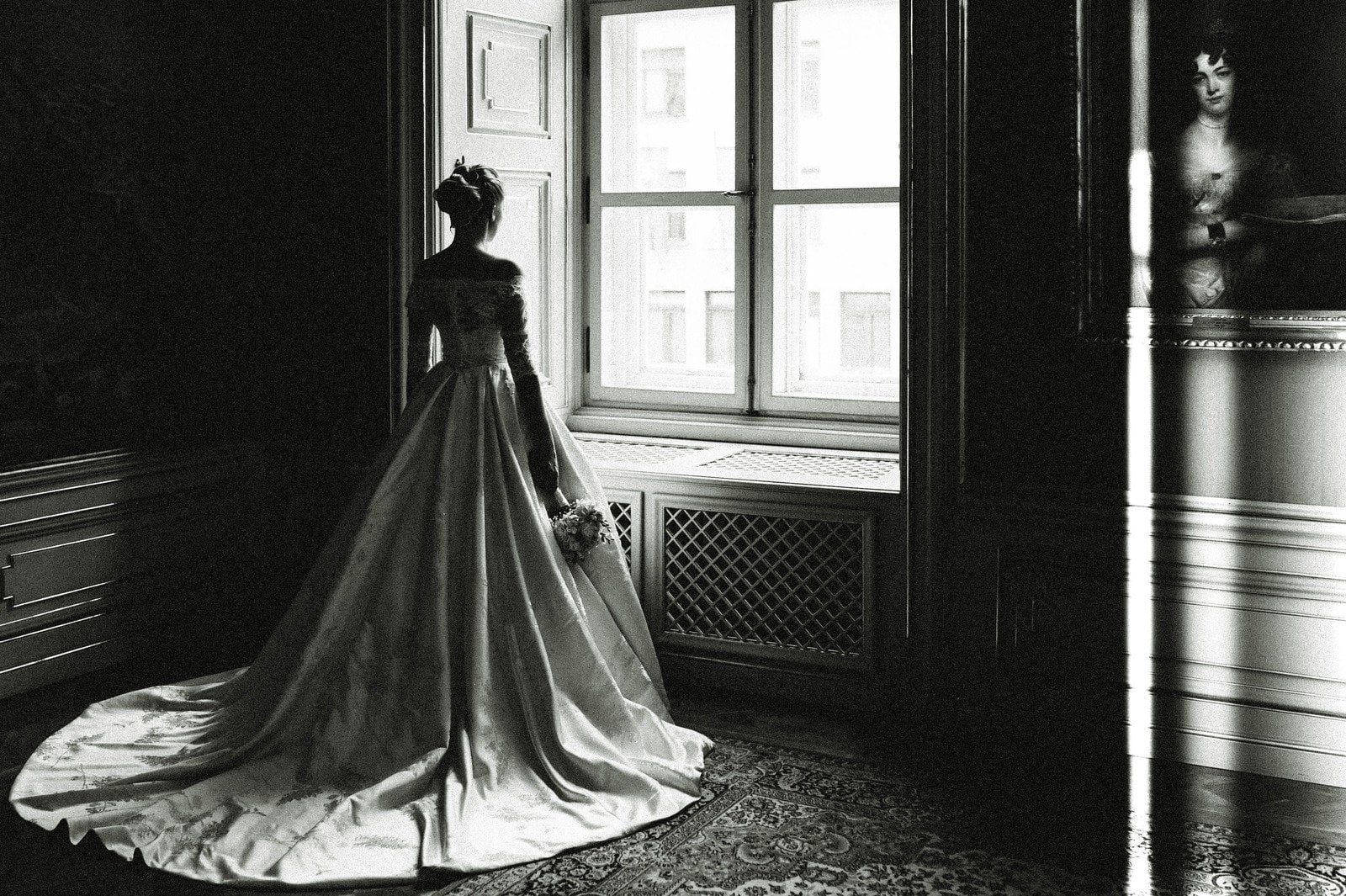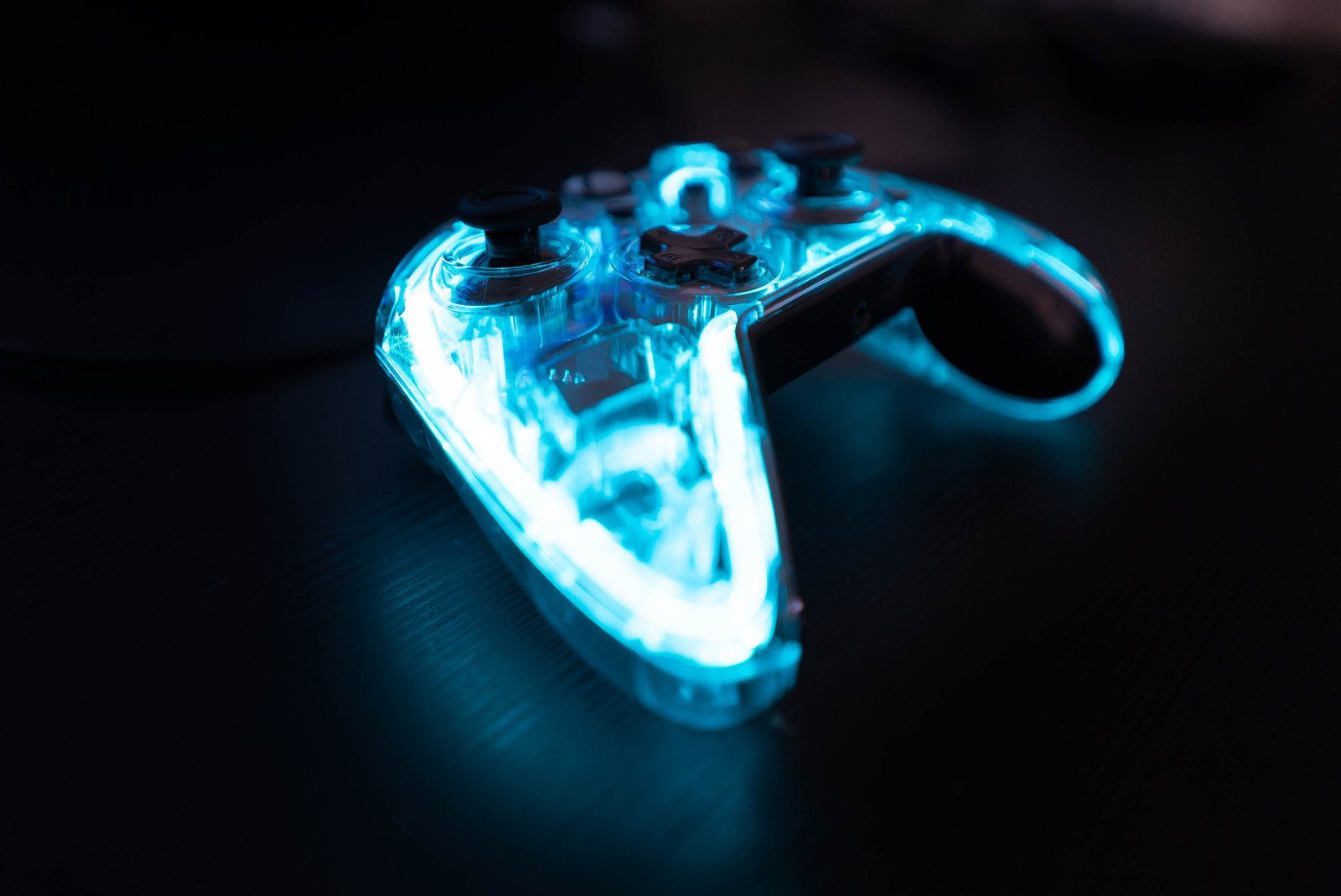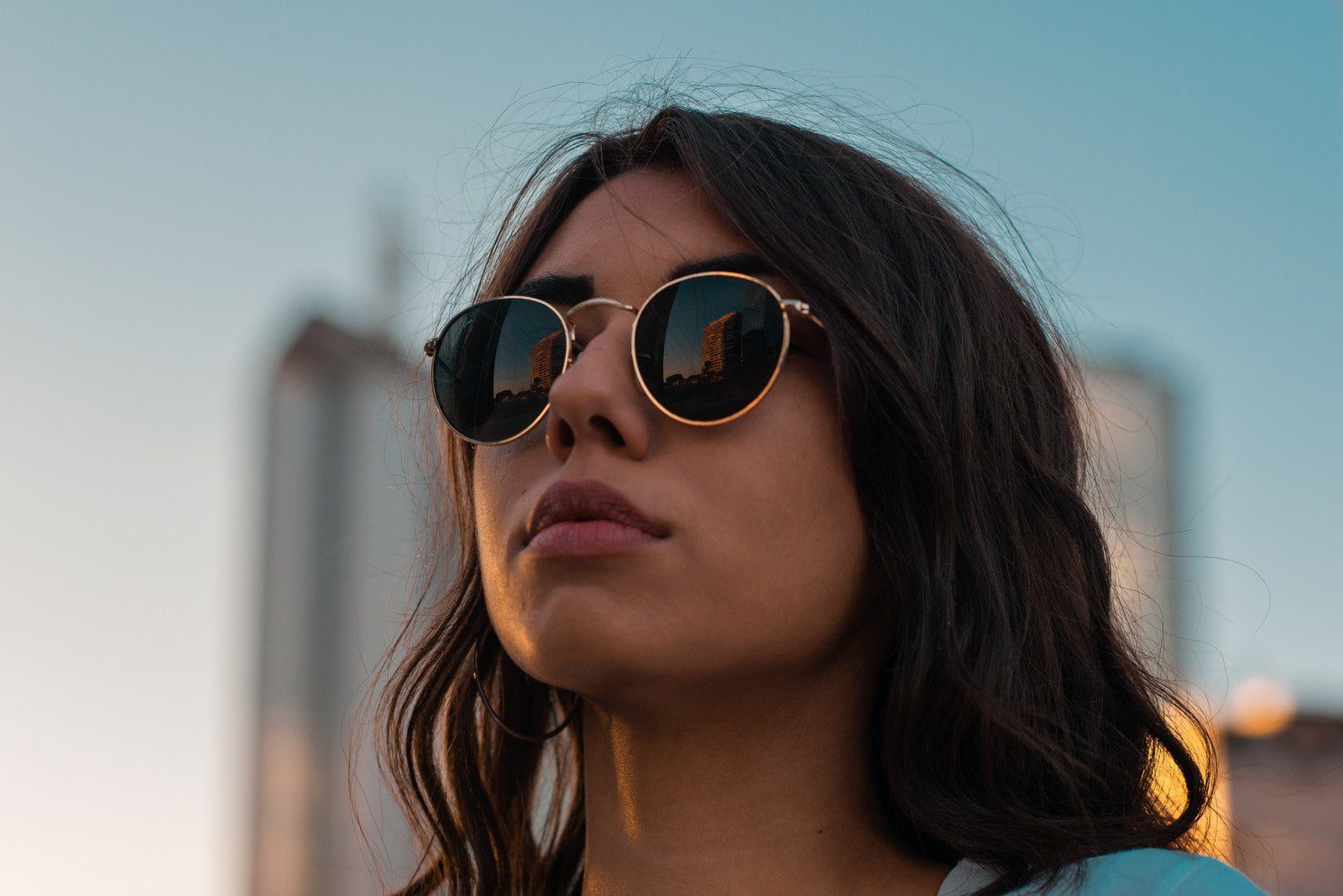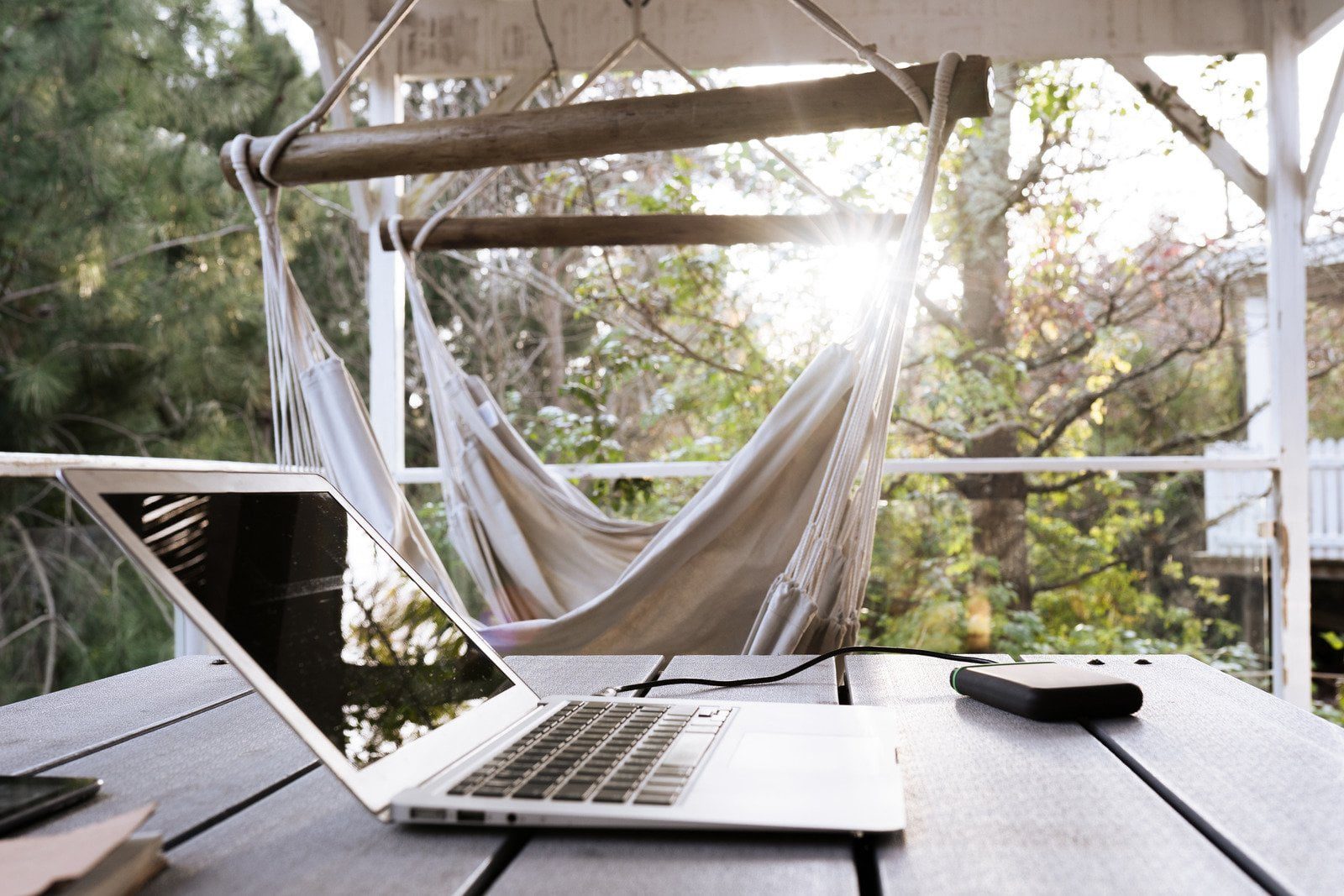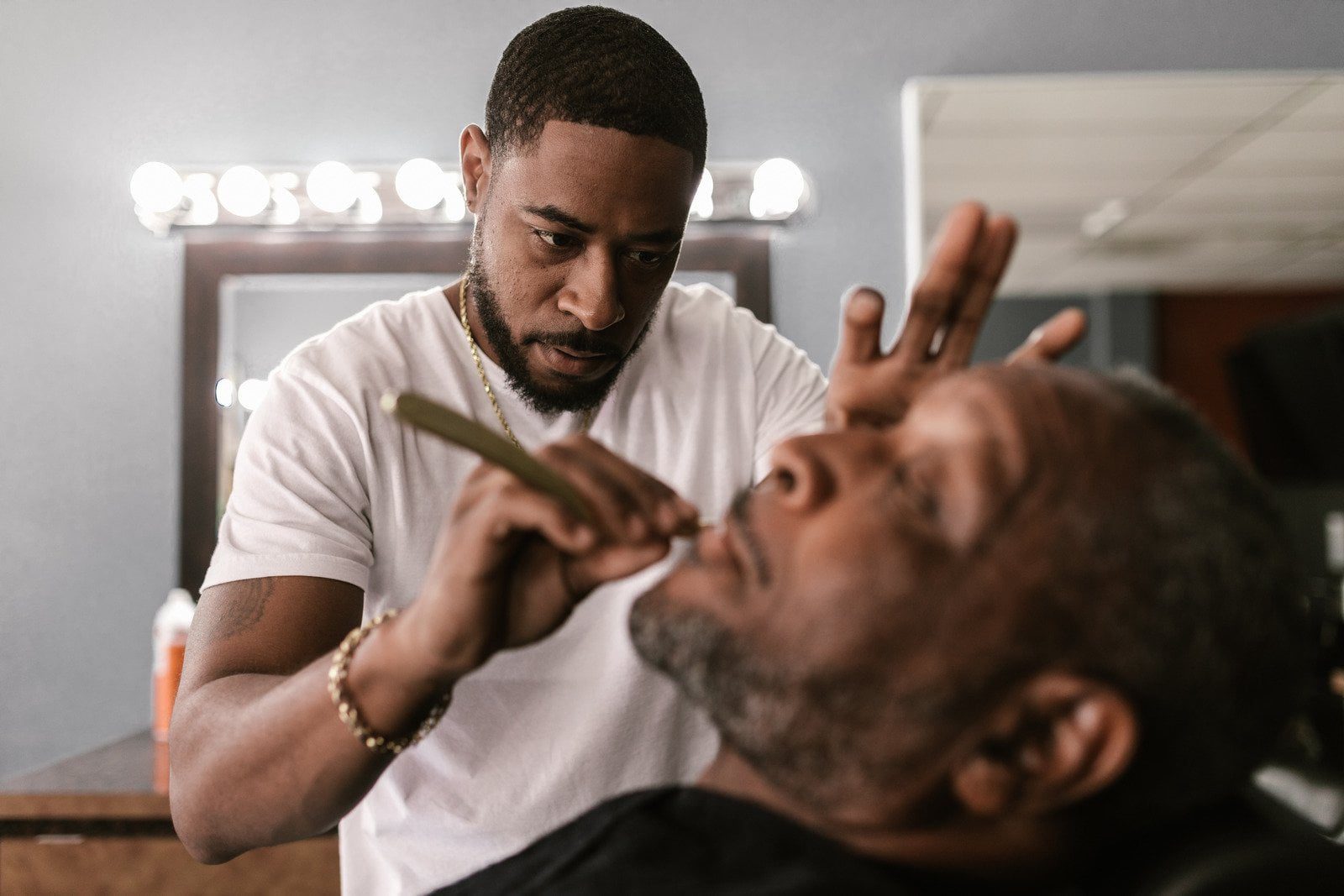The world around us is a vibrant tapestry of colors, each hue whispering a story and evoking an emotional response. Color isn’t just a visual element; it’s a powerful psychological force that influences our mood, behavior, and even our style choices. This article delves into the fascinating world of color psychology, explores the connection between color and our inner world, and equips you to leverage the power of color to elevate your style and enhance your mood.
Beyond Aesthetics: Unveiling the Emotional Language of Color
Color psychology is the study of how colors impact human perception and behavior. It explores the connection between the colors we see and the emotions they evoke. Here’s why understanding color psychology is beneficial:
- Empowering Style Choices: By understanding how colors affect you, you can make conscious choices about the colors you wear, reflecting your personality and mood.
- Creating Mood Boards: Color psychology can guide you in creating mood boards for your home, workspace, or even special events, fostering a desired atmosphere.
- Marketing Magic: Understanding color psychology is crucial in marketing, as brands use colors strategically to influence consumer behavior and brand perception.
- A Tool for Self-Expression: Colors can be a powerful tool for self-expression, allowing you to communicate your personality and mood through your style choices.
Color psychology unlocks a deeper understanding of how colors influence our emotions and behaviors.
A Spectrum of Emotions: Decoding the Language of Color
Different colors evoke distinct emotional responses. Here’s a glimpse into the psychology of some key colors:
- Red: Red is associated with passion, energy, excitement, and even danger. It can stimulate the mind and body but can also be perceived as aggressive in excess.
- Orange: Orange exudes warmth, enthusiasm, creativity, and optimism. It’s a stimulating color that can boost energy levels and encourage social interaction.
- Yellow: Yellow is linked to happiness, optimism, and intellectual stimulation. It creates a sense of cheerfulness and can promote focus and mental clarity.
- Green: Green evokes feelings of peace, harmony, growth, and renewal. It’s a calming color that promotes relaxation and a sense of well-being.
- Blue: Blue is associated with trust, security, peace, and tranquility. It has a calming effect and can promote feelings of relaxation and focus.
- Purple: Purple represents luxury, creativity, wisdom, and mystery. It can evoke feelings of calmness and sophistication.
- Black: Black is associated with power, sophistication, elegance, and formality. It can also evoke feelings of mystery or sadness.
- White: White symbolizes purity, cleanliness, innocence, and simplicity. It creates a sense of openness and can promote feelings of calmness and peace.
Understanding the emotional associations of different colors empowers you to make intentional choices about the colors you incorporate into your life.
Dressing for Your Mood: Leveraging Color to Elevate Your Style
Color psychology can be a powerful tool for elevating your style. Here are some tips to incorporate color into your wardrobe based on your mood:
- Feeling Energetic? Opt for bold colors like red, orange, or yellow to enhance your mood and project confidence.
- Craving Calm? Reach for calming colors like blue, green, or lavender to promote feelings of peace and relaxation.
- Yearning for Creativity? Embrace playful colors like purple, turquoise, or even a pop of pink to spark your creative spirit.
- Seeking Sophistication? Opt for classic colors like black, navy, or white for a timeless and elegant look.
- Don’t Be Afraid to Experiment! While color psychology offers valuable insights, don’t be afraid to experiment and find colors that resonate with you personally.
By understanding how colors influence your mood, you can create a wardrobe that complements your personality and empowers you to express yourself authentically.
Beyond the Closet: Color Psychology in Your Environment
Color psychology extends beyond fashion and influences how we perceive our surroundings. Here’s how to leverage color in your environment:
- Creating a Relaxing Home: Paint your bedroom in calming colors like blue, green, or lavender to promote restful sleep.
- Boosting Productivity: Opt for stimulating colors like yellow or orange in your workspace to enhance focus and creativity.
- A Warm and Inviting Living Room: Create a warm and inviting atmosphere in your living room with earthy tones like brown or beige, accented with pops of color.
- Color Psychology in Marketing: Pay attention to the colors used in stores and restaurants. Often, these colors are strategically chosen to influence your mood and buying behavior.
Understanding the psychology of

